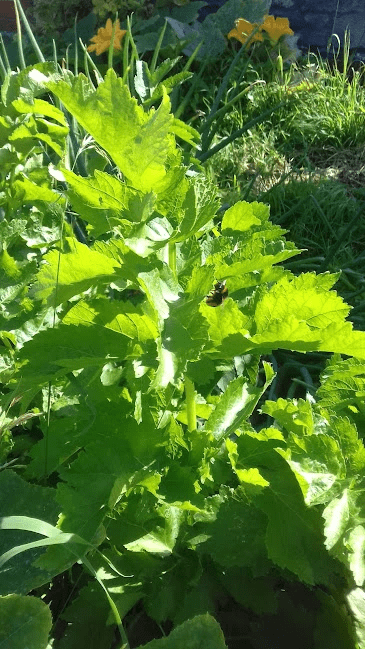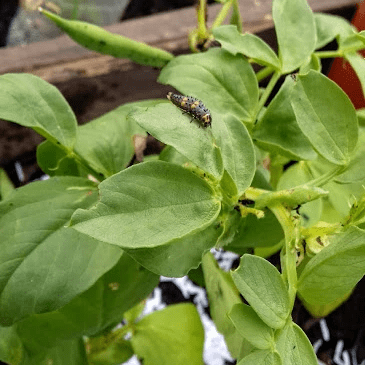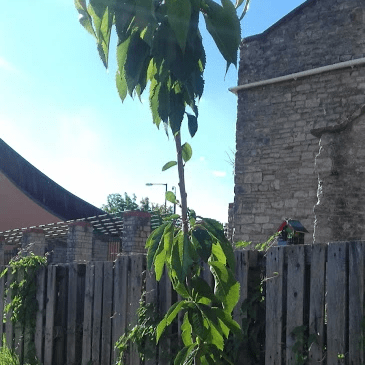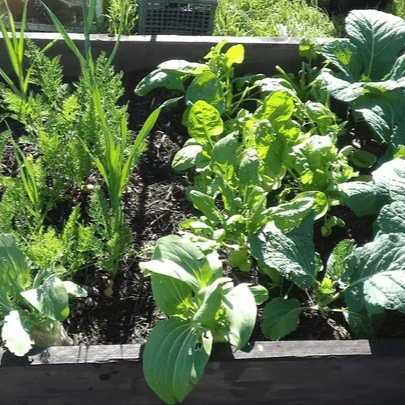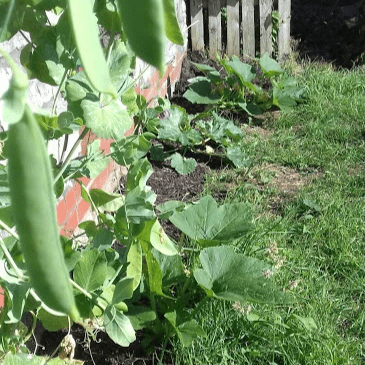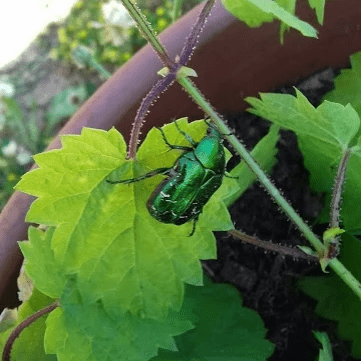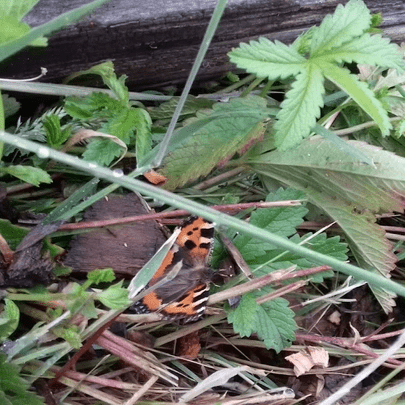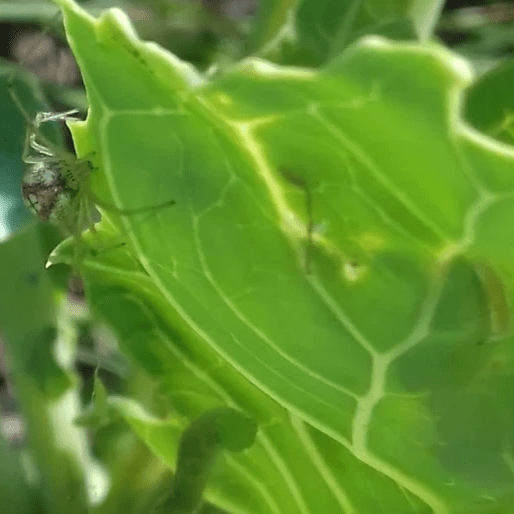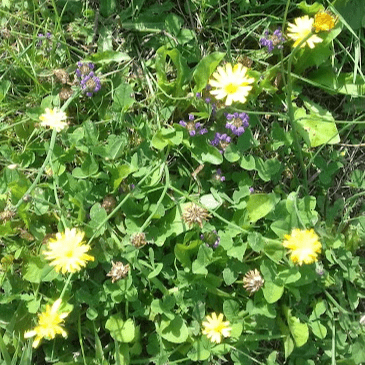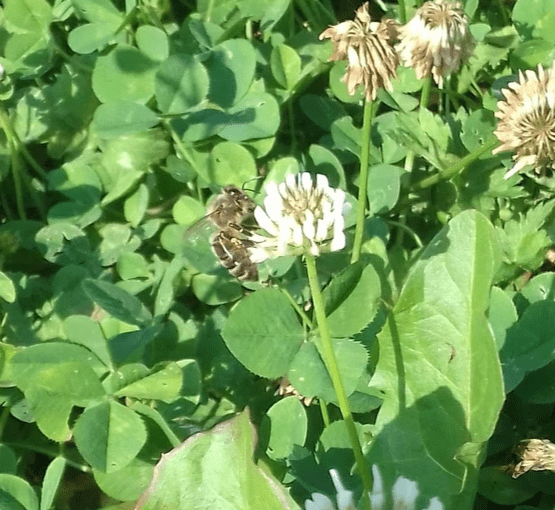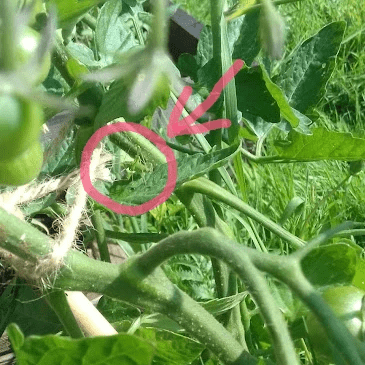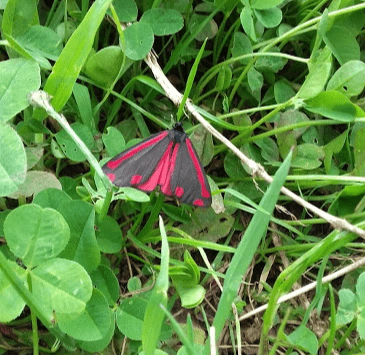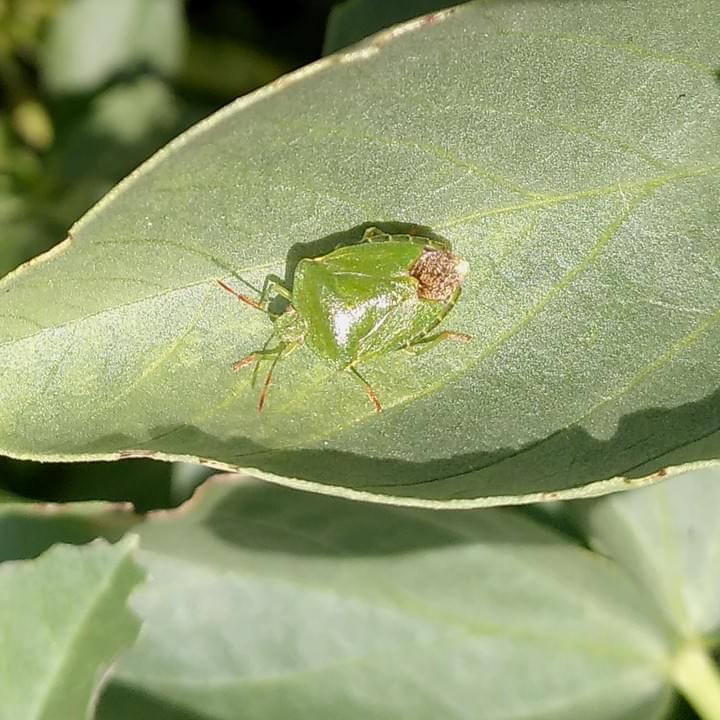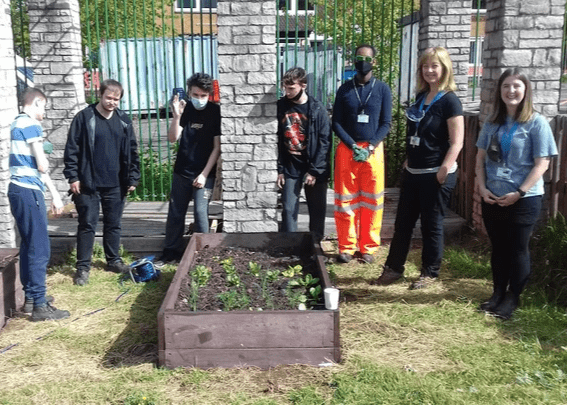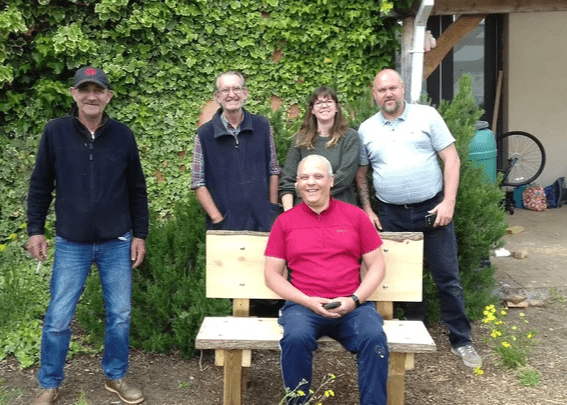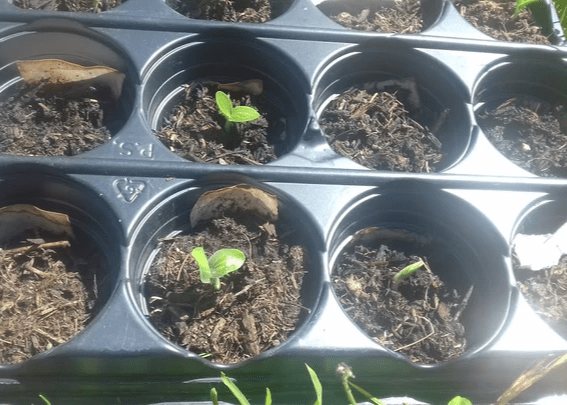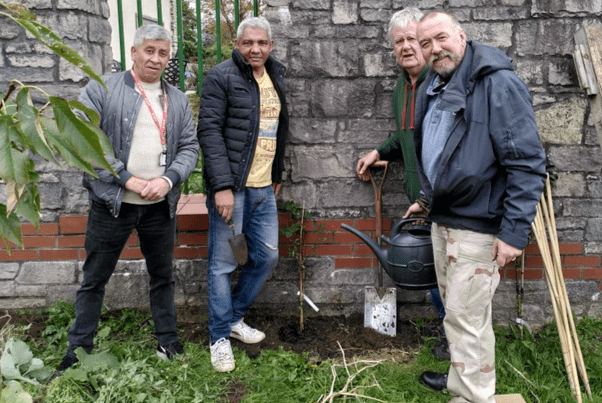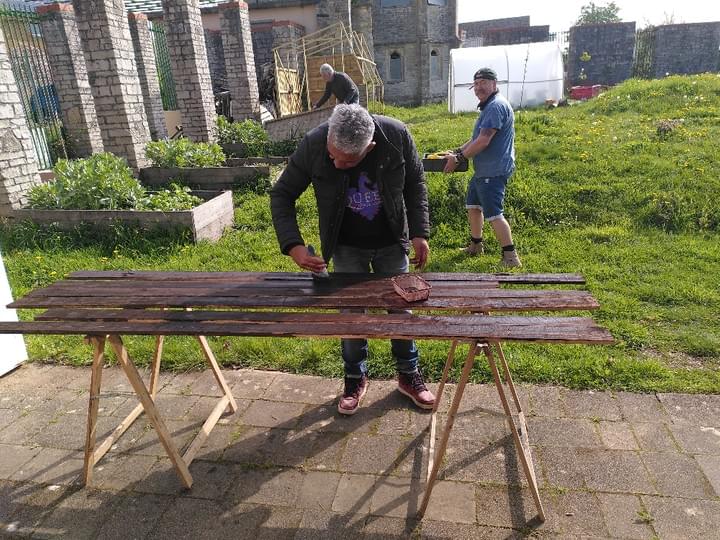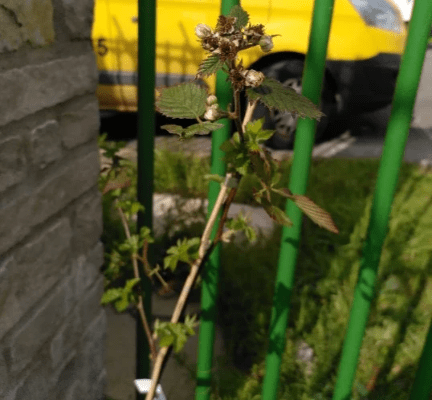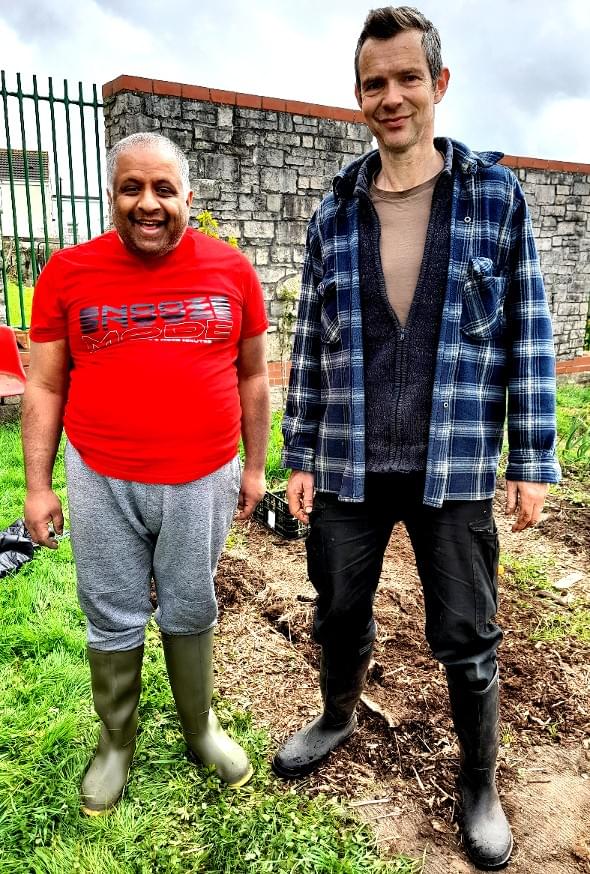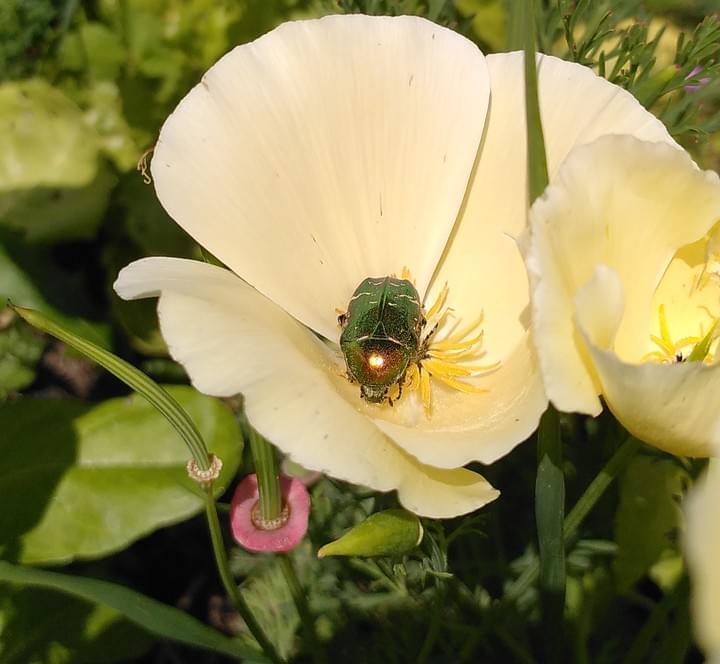


Inns Court Kitchen & Wildlife Garden


Inns Court Kitchen & Wildlife Garden



Inns Court Kitchen & Wildlife Garden
The fruit and vegetable growing at Inns Court Community & Family Centre is managed by Knowle West Edible Gardens C.I.C. The gardening is done by volunteers, and a morning's work usually ends with us sharing a cooked lunch.
Scroll down to find photos of some of the plants and animals (including some humans) found in the beautiful walled garden here since March 2021. We use purely organic methods: no pesticides, herbicides or artificial fertilisers. This is because we believe that the way to grow vigorous plants, get the most food from the land and also help make sure there's a future for the human race, is by working with nature and maintaining a healthy environment.
We are also convinced that the best way to feed people is with food that's grown on their doorsteps - then there is no need for packaging or transportation. In addition, it is now known that working outdoors with plants and soil is fantastic for physical and mental health. It's not only moving around in the fresh air; when you touch soil, the 'happy' chemical, serotonin, passes into your skin and increases your sense of wellbeing. So if you'd like to get happier and healthier - get in touch, come down and get your hands dirty!
In the garden...

Pumpkin and flower
Like its close relative the courgette, the pumpkin starts as a swelling of the stem behind/underneath the flower. Pumpkin plants ramble a long way across the ground and produce many fruits - they therefore require a lot of food and moisture from the soil. Hopefully this one will be a beauty by Halloween.

Bumble bee on parsnip leaf
Plenty of foliage means there should be a healthy root vegetable growing in the soil, but this bee must be on her way somewhere else as there are no flowers for her yet on this plant.
Most of the plants here were given to us as seedlings by Bristol Council's Blaise Nursery.

Potato flowers
While the potatoes are growing in the soil, the above-ground parts of the plant grows big and bushy, makes flowers with yellow centres and purple or white outer petals, and sometimes makes fruit that look like small green tomatoes (the plants are part of the same family). But the leaves and fruits of a potato plant are poisonous to humans.

Baby ladybird
on broad bean plant
Ladybird larvae are fantastic for getting rid of aphids (blackfly/greenfly). They are armour plated against ant attack. Ants farm aphids and 'milk' them for their honeydew - so they try to protect them against predators.

Cherry tree
We were donated five young fruit trees and six raspberry plants by Jo at Feeding Bristol. Fruit trees, particularly cherries, make beautiful blossom in the springtime.

Mixed vegetables
in a planter
Leeks, carrots, pak choi (Chinese celery cabbage), spinach and cabbage in a planter/raised bed. These planters were built by carpenters from the local Man Alive group and put in place and filled - with lovely well-rotted horse manure from the nearby stables plus compost from Gloucester parks - by volunteers from City of Bristol College.

Peas with pumpkin and courgette plants
Along with the peas inside, the pods themselves are also edible - sweet and tasty when they're young.

Rose chafer on hop leaf
The grubs (larvae) of these beetles are useful recyclers of nutrients in the in the compost heap, since they feed on decaying matter. The hop is beloved of many, since it is a vital ingredient of beer.

Small tortoiseshell butterfly
These are often the first butterflies to be seen in spring. Their caterpillars feed on nettles. Humans can also eat nettles, but usually only after boiling them in water.

Spider and caterpillars on broccoli leaf
These are the very hungry caterpillars of the cabbage white butterfly, so the spider is a helping with pest control The bigger one (bottom, middle) has already been caught and paralysed by the spider, ready for lunch.

Flowers in the lawn
Yellow - cat's ear ('false dandelion'), white - clover, purple - self heal. There are also dandelions here which have already flowered. These flowers provide food for many species of insect.

Honey bee on clover flower
In the hive, the worker bees (all female) tell their colleagues (all sisters) where a particular flower patch is by doing a 'dance' and giving them a taste of the nectar. The flowers may be several miles from the hive.

Bush cricket on tomato leaf
This is a male (the female has a curved ovipositor - for laying eggs - protruding from her rear end). The males sing to the females by rubbing their wings together.

Cinnabar moth
The cinnabar's yellow and black striped caterpillars feed on ragwort leaves. Ragwort can be poisonous to horses if eaten in very large quantities. However, they tend to avoid it because it tastes bad. Like most wild plants, ragwort and its attendant insects are an important part of the natural world.

Green shield bug
Also called the green stink bug because it produces a pungent odour if handled or disturbed.

Vital Volunteers
From City of Bristol College.

Crucial Carpenters
From the Man Alive group.

Young pumpkin plants
From seeds planted by City of Bristol Duke of Edinburgh volunteers.

Noel, Antonio, Mike & Frank
Gardeners, carpenters and cooks.

Building the potting shed
Using reclaimed materials and a grant from Knowle West Alliance. In the background is our new polytunnel, which has an old frame donated by Redcatch Community Garden.

Blackberry blossom
This is a thornless blackberry - all the gain, no pain!

Kashif & Chris

Red admiral

Soldier beetles
Getting along famously on a broad bean leaf

Rose chafer
On a yellow poppy.
- Visiting/Volunteering
There's always work to be done in the garden - as well peace and quiet to be enjoyed, tea and coffee to be drunk and rambling conversations to be had if you're in a talkative mood - and usually some fresh produce to take home with you. To arrange a volunteering session, either fill in the form here, email kitchengarden@mail.uk or phone/text 07905 961 876. Alternatively, if you'd just like to visit and have a look round, come in anytime during the centre's opening hours: 9am-4pm Monday-Friday
Inns Court Community and Family Centre, 1 Marshall Walk, Bristol BS4 1TRMon-Fri 9am-2pm07905 961 876



